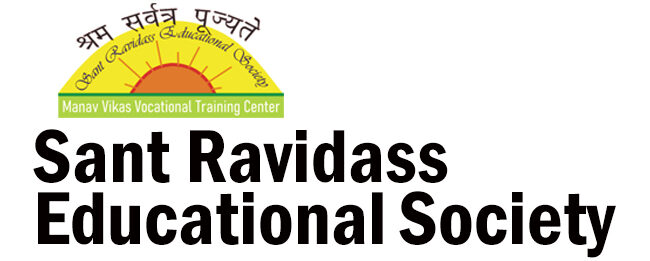Mission: “To ensure empowerment and sustainable livelihood through holistic skilling, guidance, and counseling; to cater to corporate through end to end recruitment and staffing solutions.”
- Vision: Demographic Dividend – he Indian economy is widely expected to grow at sustained high rates over the next few decades and emerge as the largest economy by 2050. These robust projections have much to do with the demographic profile of the country. India is slated to have one of the youngest populations, with the bulk of the population figuring in the working age. However, in order to utilize this ‘demographic dividend’ effectively, India needs to impart adequate and appropriate skills to its workforce.
- Removing Skill Gap – kill and knowledge are the driving forces of economic growth and social development of any country. In rapidly growing economy of India with a vast and ever increasing population, the problem is two fold. On one hand, there is a sever paucity of trained and skilled manpower, while on the other, large sections of the population possess little or no job skills. There is also an urgent need to develop & upgrade their skills to increase productivity in order to compete successfully in the global economy, to reverse apartheid imbalances and to create a more inclusive and cohesive society .There is an utmost need of safe and secured working environment and continuous up gradation of vocational skills.
- SHIFT From Conventional Education to Vocational Skills – We cannot squarely depend upon conventional education mechanism to empower the youth with vocational skills but we need to develop and maximize their potential by providing high quality, good valued integrated training and development opportunities for enhancing their skills, competency, commitment and financial self reliance.While 56 percent of the higher education institutes are devoted to arts, ten percent to science and commerce ;seven percent to medical colleges, engineering & technology colleges and six percent to polytechnicsof total institutes. The dominance of general education has prevented the bulk of the population from acquiring skills required by the manufacturing and service industries. The attempt has to be to reconcile the empirical study of the education sector with the neoclassical literature on human capital as a determinant of sustained growth with special focus on skill development.
- Labor Force with Updated Skills – The education system churns out students that are not immediately employable and skill up-gradation on the job is low; implying that a large section of the currently employed labor possesses outdated skills. The current skill training setup, comprising of ITIs and Polytechnics, caters to only 2.5 million people. This further compounds the demand supply gap. Market outcomes are not favoring the expectations of the labor force.
Core Values: We believe in building trust and meeting commitments.
